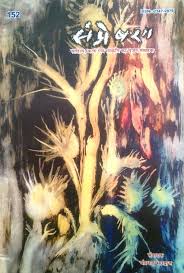STUDY ON SOIL FUNGI FROM THE FOREST OF DISTRICT CHITRAKOOT, (UP,) INDIA.
DOI:
https://doi.org/10.8476/sampreshan.v17i1.173Abstract
The forest of Chitrakoot Dham, located in central India, is a rich and diverse ecosystem that supports a wide variety of soil fungi. This study aims to investigate the diversity, seasonal variations, and ecological roles of soil fungi in this forest. Soil samples were collected from multiple sites within Chitrakoot Dham during different seasons to capture the full range of fungal diversity. Standard soil dilution techniques and potato dextrose agar (PDA) medium were used to isolate fungi, which were then identified through microscopic examination and molecular techniques, including DNA sequencing of the internal transcribed spacer (ITS) region. The results revealed a high diversity of soil fungi, encompassing 150 isolates representing 30 genera, with prominent ones including Aspergillus, Penicillium, Trichoderma, and Rhizopus. Seasonal variations were significant, with the highest diversity observed during the monsoon season. Molecular analysis identified several novel species, highlighting the unique fungal biodiversity of this region. The study underscores the ecological importance of soil fungi in nutrient cycling, organic matter decomposition, and supporting plant health, emphasizing the need for conservation efforts to preserve this biodiversity hotspot.



